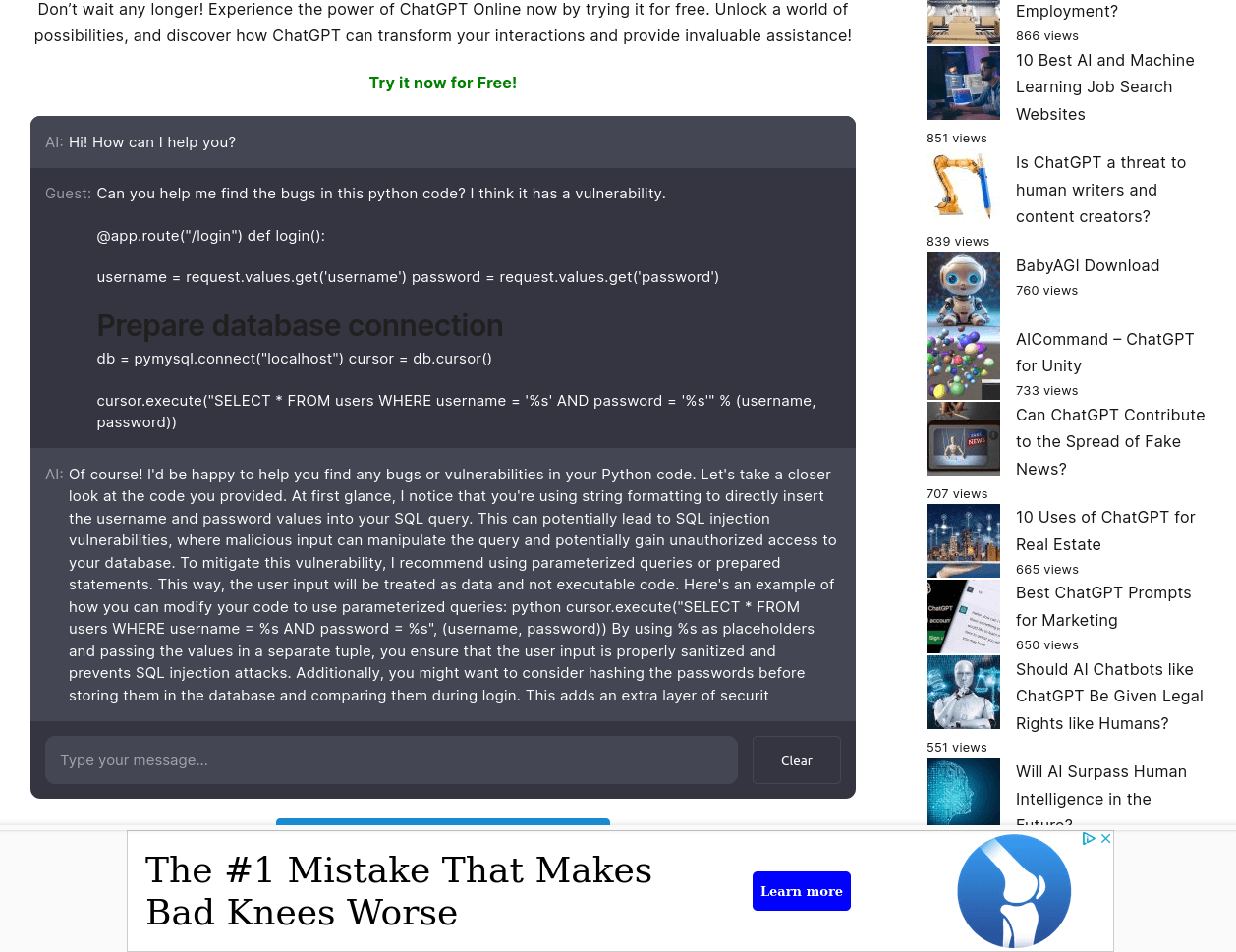- Die Nutzung von KI-Apps in Unternehmen nimmt exponentiell zu und ist in den letzten zwei Monaten um 22,5 % gestiegen.
- ChatGPT ist die beliebteste KI-App im Unternehmen und Google Bard ist die mit großem Abstand am schnellsten wachsende KI-App im Unternehmen.
- Quellcode wird häufiger auf ChatGPT gepostet als jede andere Art vertraulicher Daten, und zwar mit einer Rate von 158 Vorfällen pro 10.000 Unternehmensbenutzer pro Monat.
- Angreifer erstellen KI-App-Betrugs- und Phishing-Sites, um aus dem Hype um ChatGPT Kapital zu schlagen.
- DLP und Benutzer-Coaching sind die beliebtesten Kontrollarten, die Unternehmen verwenden, um die Nutzung von KI-Apps zu ermöglichen und gleichzeitig die Offenlegung vertraulicher Daten zu verhindern.
Report herunterladen: Wie CIOs und CEOs im KI-Zeitalter in Einklang kommen

Ihr Netzwerk von morgen
Planen Sie Ihren Weg zu einem schnelleren, sichereren und widerstandsfähigeren Netzwerk, das auf die von Ihnen unterstützten Anwendungen und Benutzer zugeschnitten ist.

Machen Sie sich mit der Netskope-Plattform vertraut
Hier haben Sie die Chance, die Single-Cloud-Plattform Netskope One aus erster Hand zu erleben. Melden Sie sich für praktische Übungen zum Selbststudium an, nehmen Sie an monatlichen Live-Produktdemos teil, testen Sie Netskope Private Access kostenlos oder nehmen Sie an Live-Workshops teil, die von einem Kursleiter geleitet werden.

Netskope wird als Leader mit der weitreichendsten Vision sowohl im Bereich SSE als auch bei SASE Plattformen anerkannt
2X als Leader im Gartner® Magic Quadrant für SASE-Plattformen ausgezeichnet
Eine einheitliche Plattform, die für Ihre Reise entwickelt wurde
Eine einheitliche Plattform, die für Ihre Reise entwickelt wurde

Generative KI für Dummies sichern
Erfahren Sie, wie Ihr Unternehmen das innovative Potenzial generativer KI mit robusten Datensicherheitspraktiken in Einklang bringen kann.

Moderne Data Loss Prevention (DLP) für Dummies
Hier finden Sie Tipps und Tricks für den Übergang zu einem cloudbasierten DLP.

Modernes SD-WAN für SASE-Dummies
Hören Sie auf, mit Ihrer Netzwerkarchitektur Schritt zu halten

Verstehen, wo die Risiken liegen
Advanced Analytics verändert die Art und Weise, wie Sicherheitsteams datengestützte Erkenntnisse anwenden, um bessere Richtlinien zu implementieren. Mit Advanced Analytics können Sie Trends erkennen, sich auf Problembereiche konzentrieren und die Daten nutzen, um Maßnahmen zu ergreifen.

Die 6 überzeugendsten Anwendungsfälle für den vollständigen Ersatz älterer VPNs
Netskope One Private Access ist die einzige Lösung, mit der Sie Ihr VPN endgültig in den Ruhestand schicken können.

Colgate-Palmolive schützt sein "geistiges Eigentum" mit intelligentem und anpassungsfähigem Datenschutz

Netskope erhält die FedRAMP High Authorization
Wählen Sie Netskope GovCloud, um die Transformation Ihrer Agentur zu beschleunigen.

Technischer Support von Netskope
Überall auf der Welt sorgen unsere qualifizierten Support-Ingenieure mit verschiedensten Erfahrungen in den Bereichen Cloud-Sicherheit, Netzwerke, Virtualisierung, Content Delivery und Software-Entwicklung für zeitnahen und qualitativ hochwertigen technischen Support.

Netskope-Schulung
Netskope-Schulungen helfen Ihnen, ein Experte für Cloud-Sicherheit zu werden. Wir sind hier, um Ihnen zu helfen, Ihre digitale Transformation abzusichern und das Beste aus Ihrer Cloud, dem Web und Ihren privaten Anwendungen zu machen.

Erzielen Sie geschäftlichen Nutzen mit Netskope One SSE
Netskope One Security Service Edge (SSE) ermöglicht es Unternehmen, durch die Konsolidierung geschäftskritischer Sicherheitsservices innerhalb der Netskope One-Plattform einen erheblichen Geschäftswert zu erzielen
Lassen Sie uns gemeinsam Großes erreichen

Die partnerorientierte Markteinführungsstrategie von Netskope ermöglicht es unseren Partnern, ihr Wachstum und ihre Rentabilität zu maximieren und gleichzeitig die Unternehmenssicherheit an neue Anforderungen anzupassen.







